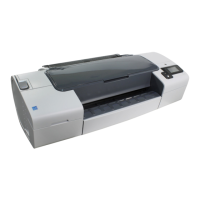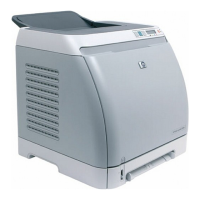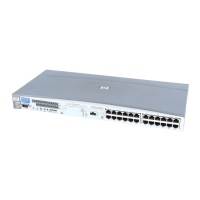DR-ClientName-keys.csv (Windows Server 2008),
Data_Protector_home\Config\Server\export\keys\
DR-ClientName-keys.csv (other Windows systems), or
/var/opt/omni/server/export/keys/DR-ClientName-keys.csv (UNIX
systems), where ClientName is the name of the client for which the image is being
created.
Ensure that you have the correct encryption key for each backup that is prepared for
a disaster recovery.
The Phase 1 Startup file (P1S)
In addition to the DR image file, a Phase 1 Startup file (P1S) is created during full
backup. It is saved on backup medium and on the Cell Manager into the directory
Data_Protector_home\Config\Server\dr\p1s (Windows systems) or
/etc/opt/omni/server/dr/p1s (UNIX systems) with the filename equal to the
hostname (for example, computer.company.com). It is a Unicode UTF-8 encoded
file that contains information on how to format and partition all disks installed in the
system, whereas the updated SRD file contains only system information and data
about backup objects and corresponding media.
After a disaster occurs, you can use the EADR wizard to merge DR image, SRD and
P1S files with disaster recovery installation into a disaster recovery CD ISO image,
which can be burned on a CD using any CD burning tool that supports the ISO9660
format. This disaster recovery CD can then be used to perform automated disaster
recovery.
IMPORTANT:
Disaster recovery CD has to be prepared in advance for the Cell Manager.
Additional steps are required if you are preparing disaster recovery CD of a Microsoft
Cluster node. See “Restoring the Microsoft Cluster Server specifics” on page 96.
IMPORTANT:
It is recommended to restrict access to backup media, DR images, SRD files and disaster
recovery CDs due to security reasons.
Disaster recovery guide 63
